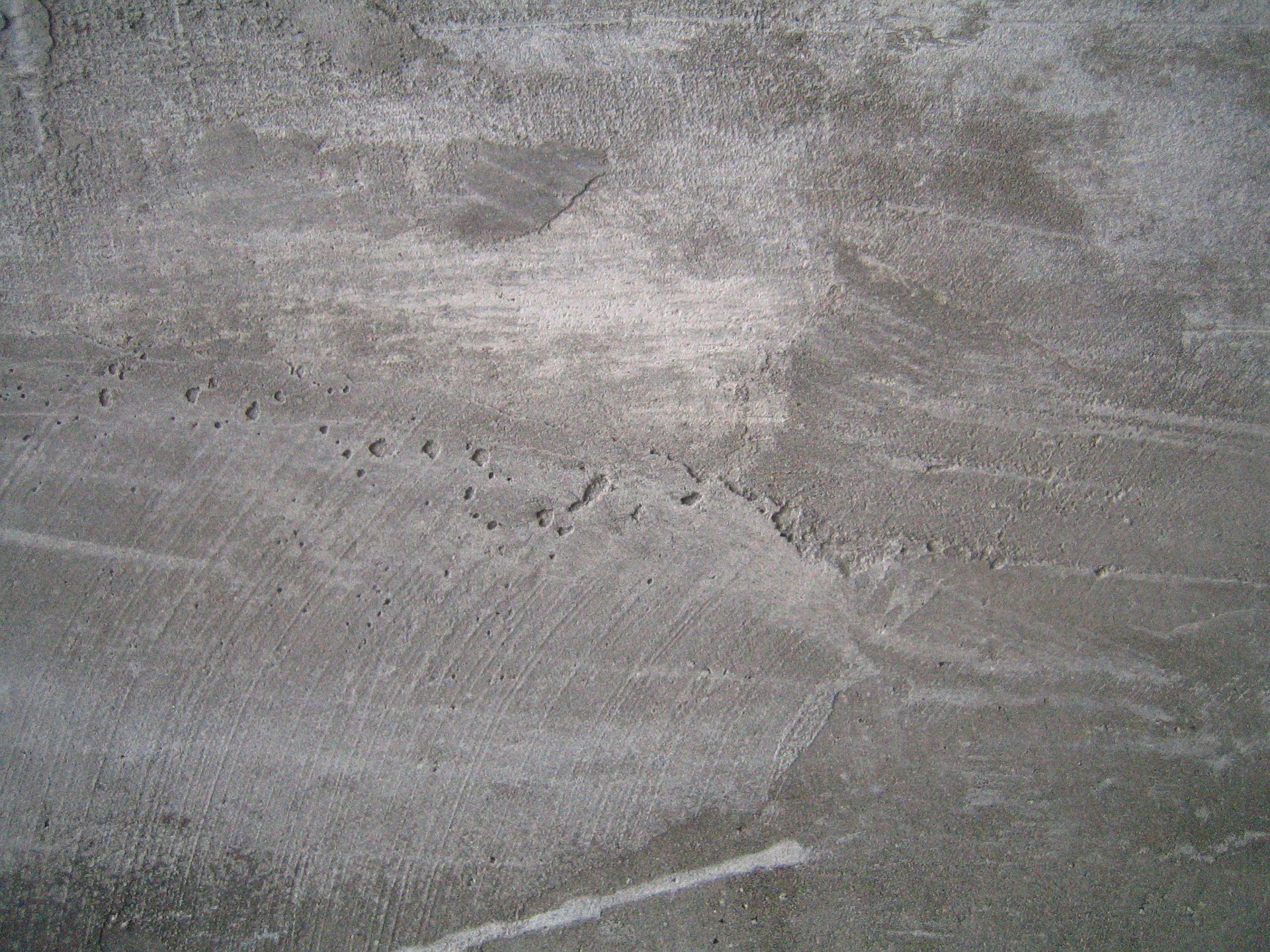
Moisture gauges are used in the installation of floors to measure the moisture content in floor layers such as floor screeds. The newly developed method enables the user to deduce from the moisture in the building material whether it is ready to be covered by flooring. Air humidity is measured in a chamber of the installed device by a so-called hygrometer. The measuring system, which has been patented and developed at the Vienna Technical University, offers various advantages over the widely used calcium carbide (CM) method. It also has the potential to revolutionize the construction industry.
Why is there a need for hygrometric moisture gauges?
When constructing new buildings or renovating old ones, builders should measure the moisture content in the building material layers in order to prevent any consequential damage. Excessive residual moisture in a construction material layer, for example, in screeds, can become a problem if vapor-blocking or vapor-proof surfaces such as wood or tiles are installed on top. These prevent any moisture from the supporting structure from permeating upwards and cause residual moisture to remain in the floor. This, in turn, can lead to significant damage, such as swelling, cracking, loosening of the flooring, or loss of strength in the flooring. While residual moisture in construction components has up until now primarily been measured using CM, researchers at TU Wien have now come up with an attractive alternative.
“The identified need for a simple and cost-effective method to evaluate the readiness of screeds or similar substrates to be covered in flooring was the motivation for our development,” reports Prof. Andreas Kolbitsch. Together with Dr. Leopold Berger and DI Karl Eichinger from the Structural Engineering and Building Conservation Research Department at TU Wien, Kolbitsch then developed the hygrometric gauge. This can be used to create moisture profiles of structures.
Low-tech device
A mechanical display that is activated by the contracting hygroscopic medium forms the heart of the measuring device that was developed at the Vienna Technical University. “A hygroscopic medium is a piece of material that expands or shrinks considerably depending on the ambient humidity,” Kolbitsch goes on to explain, “for example, in certain types of wood.” To be able to read the display values at any time, the device is embedded into the building material in such a way that the uppermost part remains visible. “The moisture gauge indicates whether the surrounding material has fallen below a certain moisture content. If this is the case, the hygroscopic medium reaches a specific level and triggers the simple display mechanism,” says Kolbitsch, outlining how his invention works. When the display is activated, the corresponding moisture content has been reached.
Hygrometric moisture measurement
The ways that CM and hygrometric measurements work are fundamentally different: “While CM measures the water content contained inside a building material, hygrometric gauges record the moisture level in a component indirectly via the relative atmospheric humidity in the measuring chamber,” says Kolbitsch. This chamber is part of the device. “This allows the moisture content in the building component to be determined with relative precision,” Kolbitsch adds.
Likewise, a point-by-point measurement is all that is needed to assess residual moisture in deeper layers. If builders are working under tight deadlines, or using screed mixtures with drying accelerators, the moisture gauge can reliably indicate whether the building material is ready to be covered over; no valuable labor hours are lost nor is there any damage caused by moisture. Other advantages compared to the calcium carbide method are the material-friendly method of measurement and the ability to check and repeat the measurements, since the gauge is permanently installed.
The product is patented in Austria, Germany, France and China. Prof. Kolbitsch and colleagues are already in discussions with a potential client to bring the device to the market.







